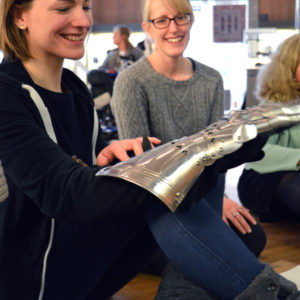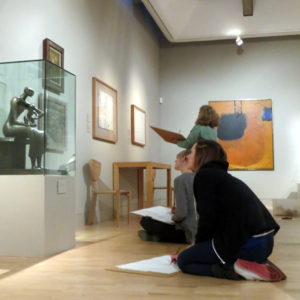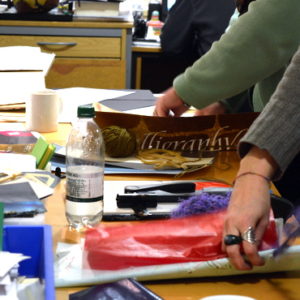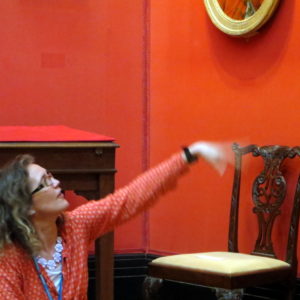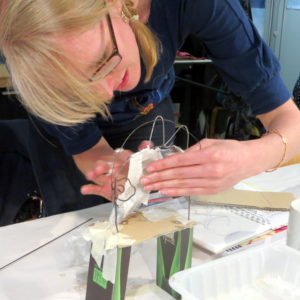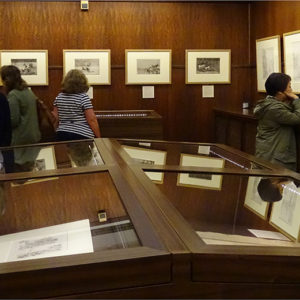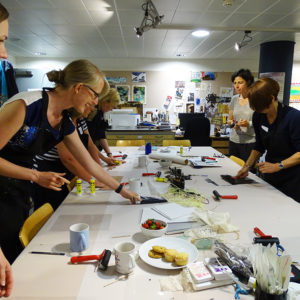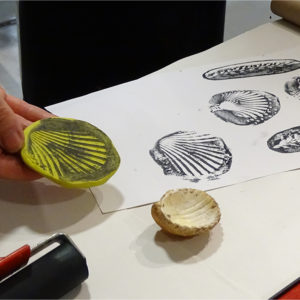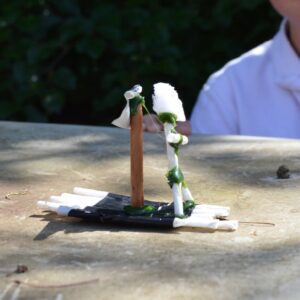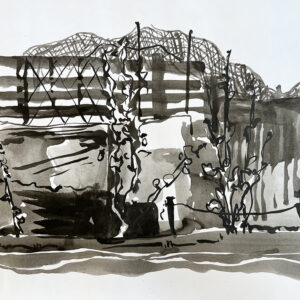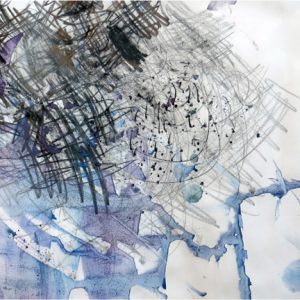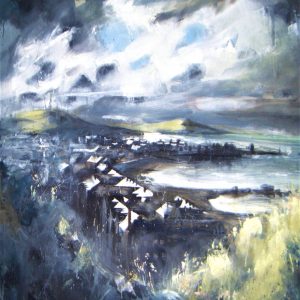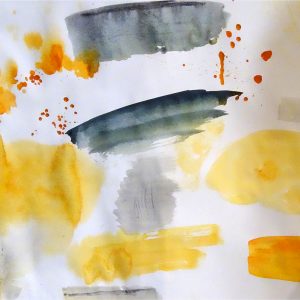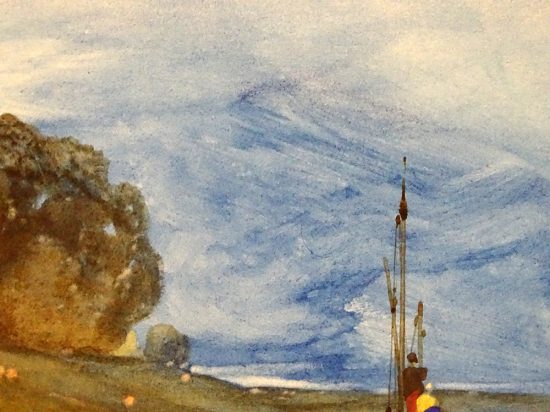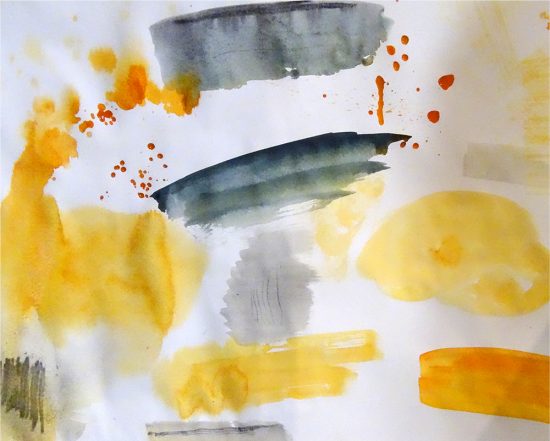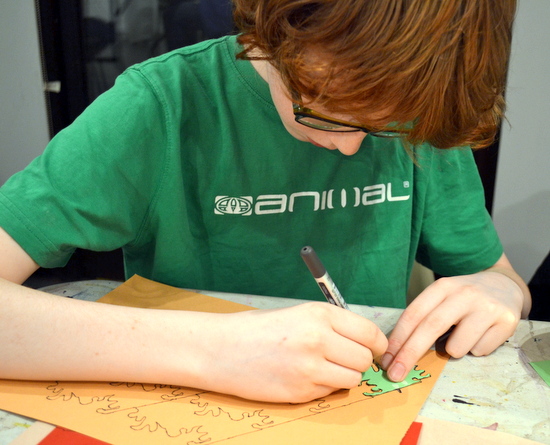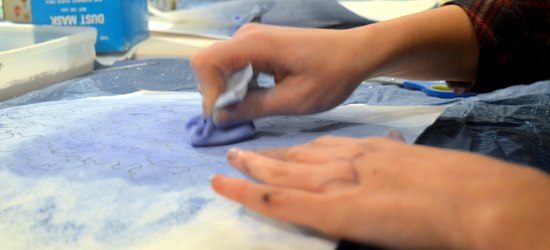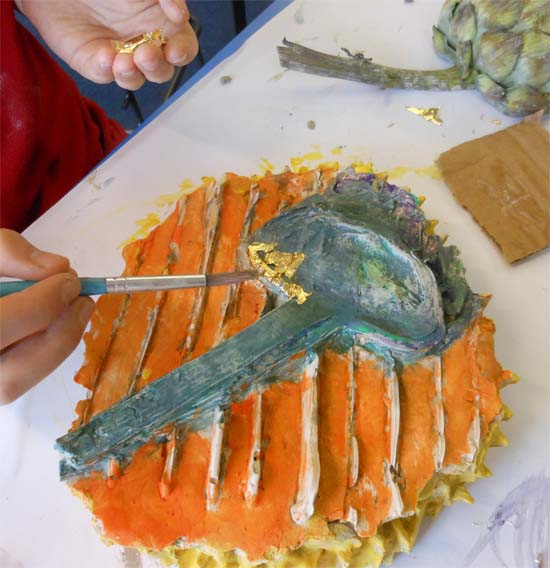Teachers Explore ‘Line and Shape’ at the Fitzwilliam Museum, Cambridge with AccessArt
What is a Canvas? Exploration Activity
Our River – Year Five Pupils Build a Communal Drawing in Four Steps
Teachers Make Mark Making Tools and ‘Battle it Out’ with Ink on a Spring InSET Day
Year 3 & 4 Making Club: Animal Parade – Week Three
Long Legged Animals by Years 3 & 4 Making Club
Painting the Light and the Dark…
Paint, Colour and Autobiographical Imagery
Exploration of Watercolour in the Studio
You May Also Like…
Pathway: Exploring Watercolour
Featured in the ‘Exploring Watercolour’ pathway
Pathway: Mixed Media Land and city scapes
This is featured in the ‘Mixed Media Land and City Scapes’ pathway
PAINTING THE STORM AT BOURN PRIMARY SCHOOL
Collection of Landscape Resources by Hester Berry
part 2: Exploration of Watercolour in the studio
Talking Points: Paul Klee
Introduction to Watercolour
You May Also Like…
Pathway: Exploring Watercolour
Featured in the ‘Exploring Watercolour’ pathway
Pathway: Mixed Media Land and city scapes
This is featured in the ‘Mixed Media Land and City Scapes’ pathway
PAINTING THE STORM AT BOURN PRIMARY SCHOOL
Collection of Landscape Resources by Hester Berry
part 2: Exploration of Watercolour in the studio
Talking Points: Paul Klee
Exploring Watercolour at the Fitzwilliam Museum Cambridge with AccessArt
part 1: Introduction to Watercolour
The resource describes and demonstrates individual watercolour techniques, and then shows examples of these techniques in paintings from the Fitzwilliam Collection.
part 2: Exploration of Watercolour in the studio
After studying paintings from the collection at first hand and identifying how various marks within the paintings may have been made, teachers undertake their own exploration of working with watercolour.
Painting the Storm, at Bourn Primary Academy
The Paint Swing-O-Meter
Gothic Revival: Craft Techniques for the Class Room Inspired by the Leach Firm of Cambridge
How to Make a Tessellated Design
‘Pouncing’: A Simple Technique to Transfer Patterns onto Plaster Tablets
Gilding and a ‘Touch of Gold’
Painting on glass
The Firm
In 1862 Frederick Leach started F. R. Leach & Sons, artist-decorators who worked with the best-known Victorian architects/designers including William Morris, Charles Kempe and George Bodley.
Their expertise led the firm to work on ecclesiastical and civic arts, crafts and decoration as well as domestic architecture and interiors.
If their workshops could talk they would have told of stained glass being designed, painted and fired; stone statues carved; wooden decorations turned; panels chiselled, decorated and gilded; furniture crafted; metal forged; and tiles painted. In fact they could create anything that a well-decorated house, church or college would need.
Pouncing
Wall painting was a popular decoration for churches during the neo-gothic revival in the mid to late Victorian era.
The paint colour was mixed by hand and then often applied straight to the wall or ceiling. The design was often painted freehand or using stencils which included a technique called ‘Pouncing’.
This technique is where the design is drawn out on paper and the outline is pricked all around to produce small holes.
Click on the image above to see How to Make a Tessellated Design.
This is then placed on the wall and dabbed all over with a small bag of fabric filled with powdered graphite or chalk. The powder is forced through the holes so that when the paper is removed it leaves an outline of the pattern on the walls.
Click on the image above to see how teenagers used ‘Pouncing’ to Transfer Designs onto Plaster Tablets
Gilding
Gilding was a popular finish for the ornaments that decorated the ceilings of neo-gothic churches.
These ornaments were made of lead or plaster and were often start that shone down from their great height once gilded in gold.
The first stage to gilding is when gold is pounded until it becomes as thin as tissue paper (25g can be beaten out to cover an area of 3m square).
The surface of the ornament to be gilded is prepared by brushing it all over with a glue called size.
This is left to dry until it reaches a ‘tacky’ state.
The gold sheets are then carefully laid onto the surface of the ornament and the size sticks it to the surface.
The gold is then worked into all the areas of the ornaments using a brush to push it down. There were special brushes made for doing this including one made from squirrel’s fur.
Click on the image below to see how to apply gold leaf to a plaster relief sculpture Gilding and a Touch of Gold
Stained Glass
The neo-gothic revival saw a resurgence in stained glass design for churches and domestic architecture of the day.
One technique used was that of Silver Staining Glass. This is where silver nitrate is painted onto clear glass and fired until the silver paint becomes part of the molecular structure of the glass and produces colours from a pale yellow to a rich orangey-amber.
Follow the link above to see How to Print on Glass.
Motifs or designs were painted onto glass ‘quarries’ or shapes of glass that would be could together to form a leaded window.
For this reason diamonds, squares or other shapes that would tessellate were popular. This type of stained glass window also allowed a lot of light into the building which went well with the decoration of a neo-gothic church where the walls were decorated and deserved to be seen.
